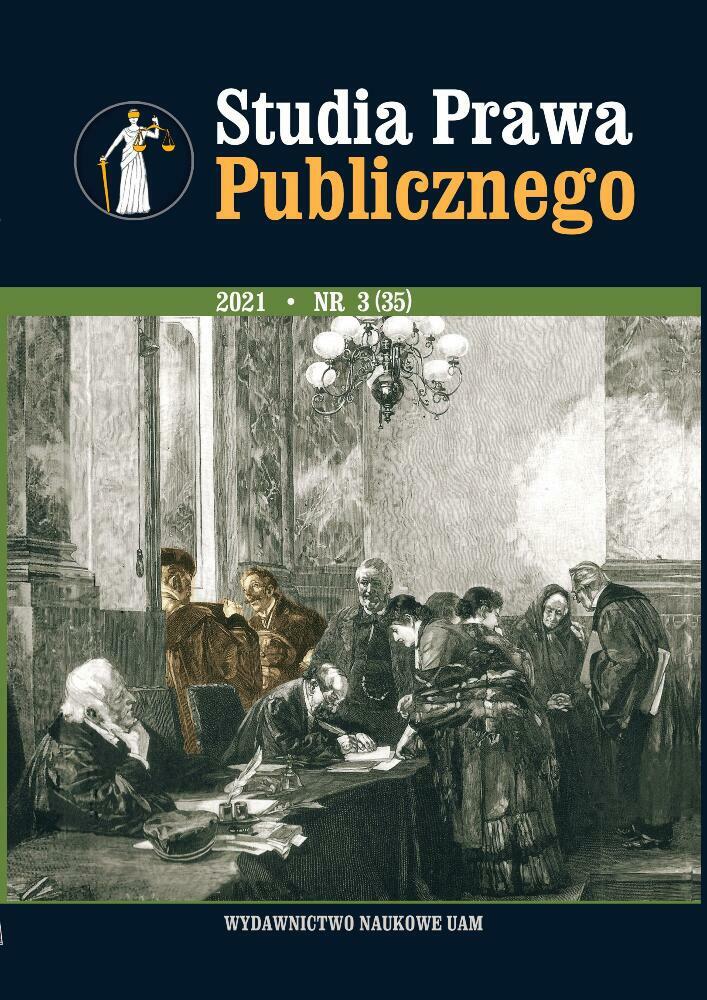Abstract
This paper provides a detailed review of evaluation standards for the legal assessment of tying. This practice, which constitutes an abuse of a dominant position, is a significant breach of competition law. The mechanism of this type of abuse is based on taking advantage of market power in the supply of one product to create packed offerings capable of precluding competition from superior rival solutions. Tying occurs when one product, the “tying product”, is sold only with another product, the “tied product”. In the prevailing number of cases, tying serves to consolidate the company’s dominant position on the tied product market, which usually aims to share the tying product’s large customer group with the less-desired product. However, tying is not illegal per se. In many cases, it does not lead to any anti-competitive concerns, and might be beneficial for consumers. This is why each assessment of this conduct must be carefully evaluated with special attention given to the effects, in accordance with the generally applied effect-based approach, and also potential efficiencies. An analysis of the case-law and literature reveals the basic mechanisms for conducting a legal assessment of tying. However, the use of these mechanisms will not be possible without their adaptation to the ongoing changes caused by technological development. Digital markets not only generate incremental revenues, but are also the sources of new or unusual legal arrangements. It will more frequently be the case that existing provisions will not be able to address every new practice accurately without new acts. The Digital Markets Act aims to adapt the existing legal framework to contemporary market realities and to become a modern tool for enforcing competition law rules on digital markets. The European Commission is seeking to broaden its powers to intervene at the earliest possible stage, before an undertaking affects the competition on a market.
References
Bailey D., Rose V., European Union Law of Competition, 7th ed., Oxford 2013.
Director A., Levi H., Law and the Future: Trade Regulation, “Northwestern University Law Review” 1956, vol. 51, no. 281.
EU Competition Law Volume V – Abuse of Dominance: Under Article 102 TFEU, ed. by F.E. Gonzalez-Diaz, R. Snelders.
Faull J., Nikpay A., The EU Law of Competition, 3rd ed., Oxford 2014.
Graf Th., Little D.R., Tying and Bundling, in: EU Competition Law Volume V – Abuse of Dominance: Under Article 102 TFEU, ed. by F.E. Gonzalez-Diaz, R. Snelders, Claeys and Casteels 2013.
Małobęcki I., Sprzedaż wiązana i pakietowa jako potencjalne naruszenie europejskiego prawa konkurencji – ekonomiczna i prawna analiza problemu, Warszawa 2013.
Nalebuff B., Majerus D., Bundling, Tying, and Portfolio Effects, “DTI Economics Paper” 2003, no. 1.
Niels G., Jenkins H., Kavanagh J., Economics for Competition Lawyers, 2nd ed., Oxford 2016.
Schmalenese R., Commodity Bundling by Single-Product Monopolies, “Journal of Law and Economics” 1982, no. 25.
Van Bael & Bellis, “Competition Law of the European Union”, Kluwer Law International, 2021.
Vesterdorf B., Article 82 EC: Where do we stand after the Microsoft judgement?, “Global Antitrust Review” 2008, no. 1.
Wish R., Bailey D., Competition Law, 8th ed., Oxford 2015.
License
Copyright (c) 2021 Mateusz Musielak

This work is licensed under a Creative Commons Attribution-NonCommercial-NoDerivatives 4.0 International License.

